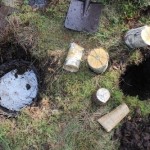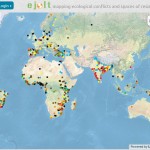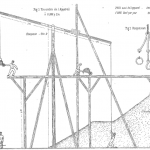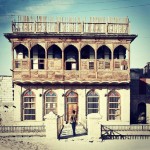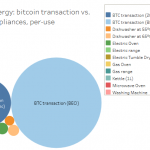“In 1965, 95% of the clothing in a typical American’s closet was made in America. Today less than 5% of our clothes are made here. Unfortunately, this huge movement of the industry was not prompted by a desire for higher standards of production, economic equity for laborers, or tight environmental regulation. It was done to circumvent the policies, unions, and costs associated with doing business on shore. We have off-shored the effects of our consumption, which has led to a great disconnect of the actual environmental and social costs of our clothing.”
“A bioregional supply chain known as a Fibershed aims to bring a thriving local alternative to conventional textile manufacturing systems and to support communities in reviving, sustaining, and networking their raw material base with skilled design and artisanal textile talent.”
“The Fibershed project began in 2010 with a one-year challenge to create an experimental wardrobe from fibers, dye plants, and local labor all sourced from within 150 miles of the project headquarters. As the wardrobe was constructed over the one-year period, so, too, was the network of artisans and farmers responsible for its creation.”
“The garments were primarily hand-constructed. The rural region proved to be rich in raw materials: word-class alpaca, the finest merino wools, color-grown cottons, and the softest angora. The design talent from the urban sector was abundant in skills, experience, and passion. Many of the essential elements necessary to engage a bioregional supply were in place: the animals, plants and people. However, the necessary machinery to produce conventional clothing was nowhere to be found. The group relied on time-honored skills that artisans throughout time have relied upon to make cloth: spinning wheels, knitting needles, and floor looms.”
“We at Fibershed hope our model can serve as a guide for other communities interested in increasing their resiliency and self-sufficiency. We also hope it offers inspiration that sustainable, local solutions for almost any product or service can be successfully developed by those willing to dream big and put in the sweat work to make it a reality.”
Read more: Fibershed – local fibers, local dyes, local labor. Via Energy Bulletin.
